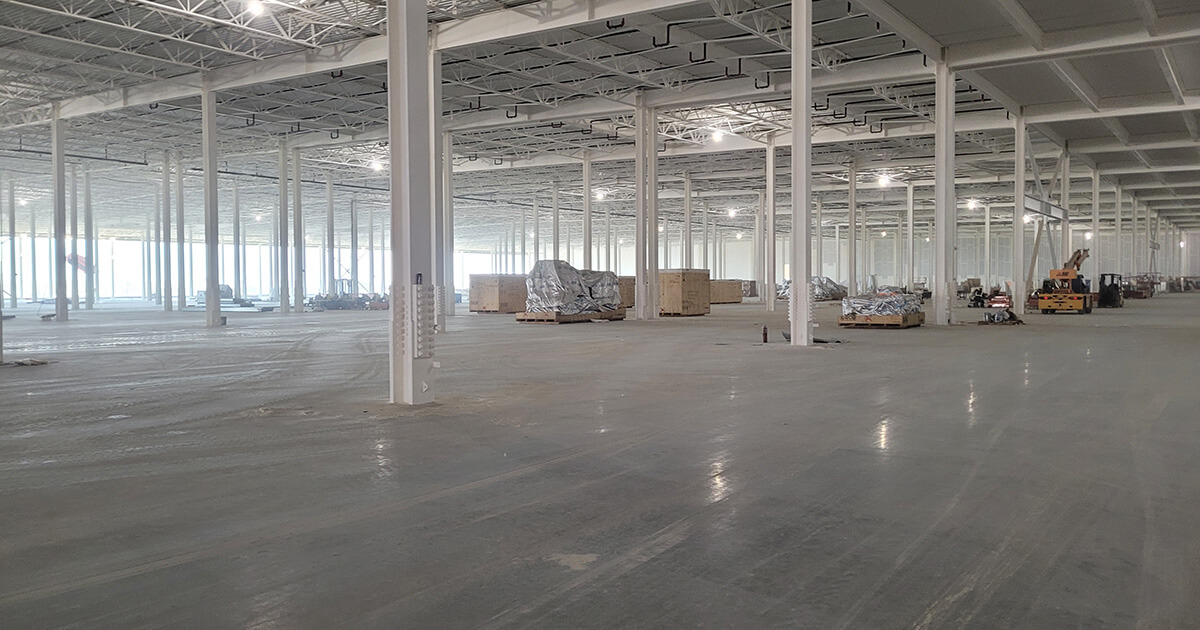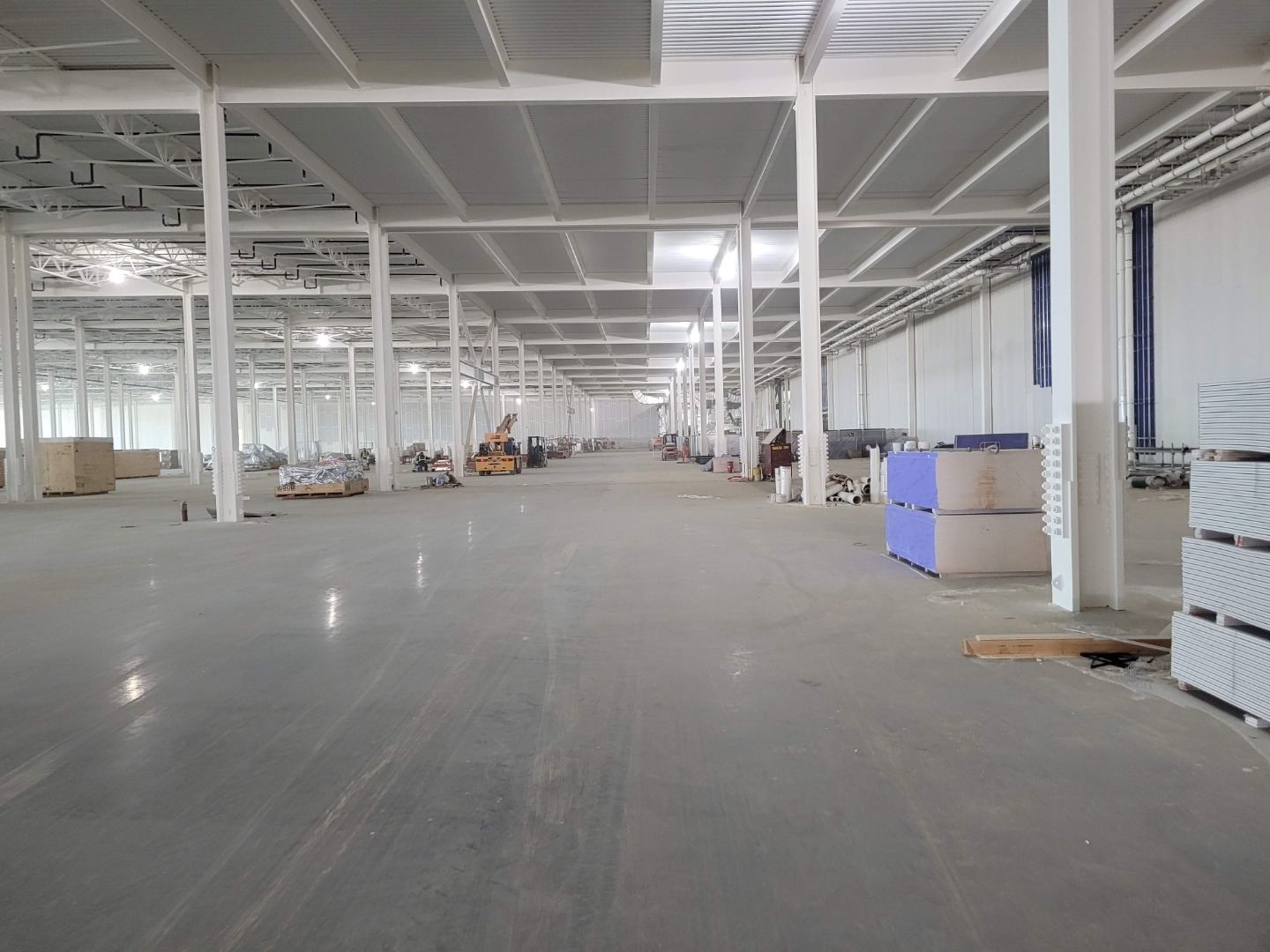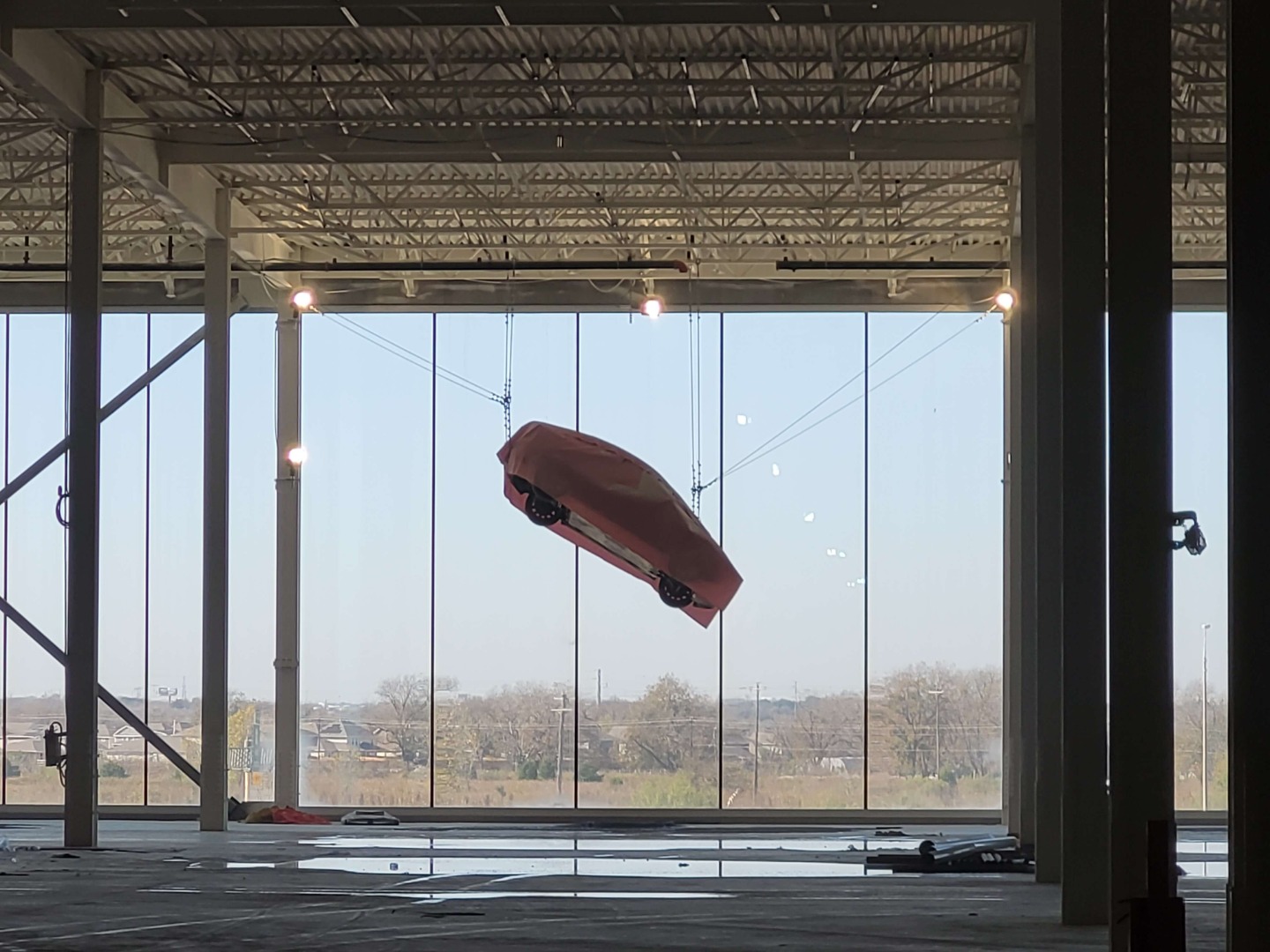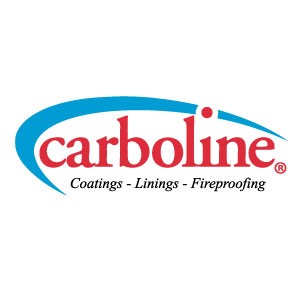
On the southeastern outskirts of Austin, Texas, where subdivisions surrender to farms, a factory three-quarters of a mile long sits beside a bend in the Colorado River.
This EV manufacturing facility contains a staggering 10 million square feet of floor space. It is the second-largest building by volume in the world—only a Boeing factory north of Seattle encloses more space.
Structural steel figured prominently in the EV facility's design, and building codes required that that steel be fireproofed. To achieve the required fire ratings, over half a million gallons of material were needed.
That’s a lot of material, and the aggressive construction schedule allowed no time for delay.
The challenge for specifiers was to choose high-performance fireproofing products under evolving construction conditions. There was no single silver bullet.
Here, there were two.
Scope and schedule drive PFP material selection and application
The fireproofing specification for this EV facility called for an intumescent product to protect structural columns and beams.
Generally, intumescent products cost more than their cementitious counterparts, but they achieve their ratings in a far lower film thickness and offer an aesthetically pleasing finish. Construction teams also encounter the question of whether applying fireproofing in the field or in off-site fabrication shops is ideal.
In Texas, specific project conditions drove the decision to specify a field-applied intumescent product:
Amount and type of steel – Structural steel components vary from rudimentary shapes (I-columns or -beams, or pipe or tube) to far more complex geometries. At the EV facility, the steel was quite simply shaped, which was one factor in the decision to specify field application. It’s easy to do and the risk of missing areas or not applying enough millage is comparatively low. Another factor was the huge amount of steel involved in construction. It was so much that no shop would likely have enough closed space or application equipment to be able to apply fireproofing off-site without becoming a significant bottleneck to the project.
Equipment – The equipment needed to apply a large volume of water- or solvent-based intumescent fireproofing in the field is smaller, more portable, and requires less energy than what is needed for cementitious products or intumescent epoxies applied in shop settings.
Cost – On a related note, shop application adds an additional layer of shipping. This added time and cost is an acceptable trade-off if complex steel geometry requires off-site shop application, but that was not a factor here.
Product formula – Intumescent products are formulated differently for different use cases. Variations in formula lead to variety in how they are applied as well as how they cure. On this project, specifiers needed to choose a product with a comparatively short cure time to maximize application throughput while minimizing on-site time for sprayers.
Based on these conditions, two Carboline products were specified: Thermo-Sorb VOC and A/D Firefilm III.
Thermo-Sorb VOC, a solvent-based intumescent product, went first. Sprayers applied just short of 400,000 gallons of it in all. It is rated for 180 days of exposure in general conditions, meaning it will cure as intended even when a building envelope is not enclosed. It also features a comparatively fast recoat time, allowing spray crews to work around the clock to apply two coats per day. It is especially suited for service in EV manufacturing facilities because it has shown strong resistance to chemicals commonly found in them.
(Thermo-Sorb VOC’s characteristics were instrumental in keeping another EV-related construction project on track in Quebec—read more from Canadian Manufacturing.)
A/D Firefilm III is a water-based product intended for application in enclosed spaces where moisture won’t intrude. This was applied to the remaining steel needing fireproofed, and application occurred once the building envelope was enclosed.
Protecting mechanical piping through thoughtful flexibility
Achieving fire safety ratings is just one aspect of many comprising personnel and asset protection at this EV facility. Another is preventing corrosion of the large-diameter chilled water piping serving the HVAC system there.
As progress continued at its rapid clip, the construction team realized that the pace of manufacture of the mechanical piping did not always match the pace of the crew installing it in Austin. This could have upset a delicate balance in which piping was supposed to be coated before it was hung. Complicating matters somewhat was the fact that some of the pipe was to be insulated, and some of it not.
The non-insulated pipe was to be protected by a standard three-coat atmospheric system consisting of products in Carboline's Carbozinc, Carboguard, and Carbothane product lines. Insulated pipe was to be coated with the Thermaline 450 series before the foam insulation and stainless steel jacketing was installed.
For optimum performance, these systems each require an abrasive-blasted surface to properly adhere. But because piping production and installation were occurring at different speeds, the owner and the construction team faced a choice: They could slow down installation, or they could keep hanging pipe, and find an alternative course of action for its protective coating.
The owner would not budge on the schedule. Speed to market is the prevailing motivator for EV manufacturers.
Abrasive blasting is not permitted inside an enclosed construction site unless it is properly contained. The EV manufacturer wanted to avoid an unplanned containment because the process takes up space and its setup and cleanup requirements cause delays. It’s also expensive, particularly when that cost is bolted onto a budget later instead of forecast in advance.
But quick-thinking Carboline technical experts offered an alternative: coat the installed bare pipe with Carbomastic 15, a high-solids epoxy amine noteworthy for decades of exceptional performance when applied to marginally prepared surfaces. It is particularly beloved in shipyards, where fleet owners have seen huge savings by dramatically reducing maintenance requirements when vessels are periodically dry docked (such as what happened with the Harvey Discovery in Louisiana—read this case study for more.)
Importantly for this project, Carbomastic 15 performs as well as the prior-specified products would have done, with the added benefit of being the best product in its class for minimally prepared surfaces. The construction team agreed to a change in the spec in real time. Ultimately over 1,000 linear feet (305 meters) of chilled water pipe was coated in Carbomastic 15, and no one missed a beat.
Strong partnerships keep the critical path intact
Applying fireproofing and protective coatings are critical path activities. Certain construction phases cannot begin until these are complete. The story of this project is the story of a construction team that was given flexibility—up front, but also on the fly—and performed well under immense pressure because of it.
Such immense pressure is becoming more the rule than the exception. All over the world, automakers, their suppliers, and governments are investing huge sums of money to ramp up EV and EV component manufacturing capacity quickly. It’s challenged architects, engineers, general contractors, and subcontractors to deliver this infrastructure in new ways.
They will be successful when they seek out and leverage the technical expertise of their suppliers. These collaborative partnerships are opening new doors in a building boom that will change the manufacturing landscape—and maybe society as a whole—forever.



